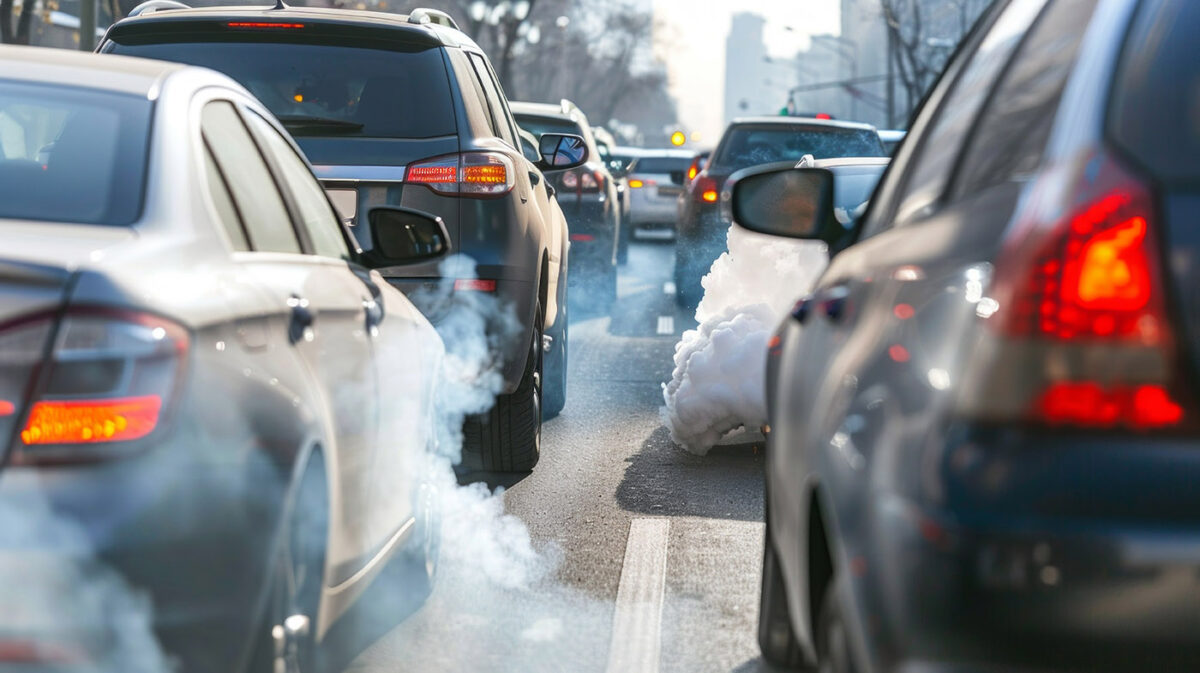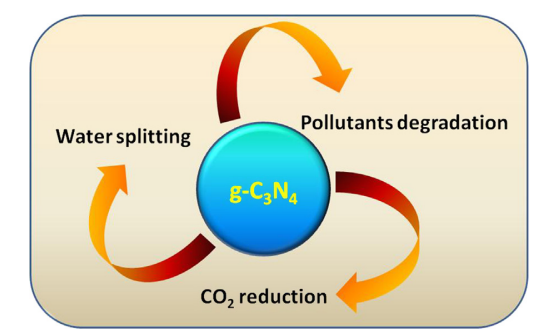Advanced Polymer Solutions for Toxic Gas Removal

Recent research has unveiled the potential of polymer materials as effective catalysts in environmental remediation, particularly in removing toxic gases from the environment. This innovative application of polymers underscores a crucial advancement in tackling air pollution and enhancing air quality through catalytic processes.
Polymeric materials, renowned for their versatility and resilience, serve ideally in various industrial applications, including environmental remediation. Specifically, polymers like graphitic carbon nitride (g-C3N4) and covalent organic frameworks (COFs) have gained attention for their ability to facilitate toxic gas removal through photocatalytic reactions.
You can also read: CO2 to Rock: Carbfix’s Innovative Carbon Sequestration
Mechanisms of Polymer Action in Removing Toxic Gases
The core mechanism behind polymers’ use in gas removal lies in their ability to act as catalysts. Photocatalytic materials like graphitic carbon nitride (g-C3N4) utilize light energy to drive chemical reactions that convert hazardous gases into less harmful substances. For example, researchers have effectively used g-C3N4 to catalyze the conversion of nitrogen oxides (NOx), harmful pollutants emitted from vehicles and industrial processes, into nitrogen and oxygen through light-induced reactions.

Emerging applications of g-C3N4. Courtesy of Graphitic carbon nitride-based
nanocomposite materials for photocatalytic hydrogen generation.
Advancements and Applications
Significantly, the development of composite materials has enhanced the efficiency of polymers in catalyzing reactions. These composites often involve integrating metal nanoparticles with polymeric bases. They enhance the material’s ability to absorb light and improve its catalytic efficiency. For instance, a g-C3N4-based composite has shown increased activity in breaking down nitrogen oxides under light exposure.
Moreover, the introduction of covalent organic frameworks (COFs) offers a new dimension to this application. COFs are engineered to have high surface area and porosity, which increases their contact with toxic gases and improves the efficiency of the catalytic process. Their stable and ordered structures allow for precise tuning of their chemical properties to optimize gas adsorption and catalytic performance.
Challenges and Future Directions
Despite these advancements, the application of polymeric materials in toxic gas removal faces several challenges. The efficiency of these materials often depends on the availability of light, which can limit their use in low-light environments or during nighttime. Additionally, the long-term stability and scalability of these polymeric systems in outdoor environments remain areas for further research and development.
Researchers are now aiming to improve the light absorption of these materials and boost their stability under diverse environmental conditions. They are investigating hybrid systems that integrate polymeric materials with other catalytic technologies to develop stronger air purification solutions. Using polymer materials to remove toxic gases offers a promising path in environmental remediation.
Advances are positioning these materials as key to significantly reducing global air pollution and fostering cleaner, more sustainable environments. Enhancements in the efficiency, stability, and versatility of catalytic polymers are set to expand their use significantly across various sectors, greatly supporting global environmental protection and sustainability efforts
